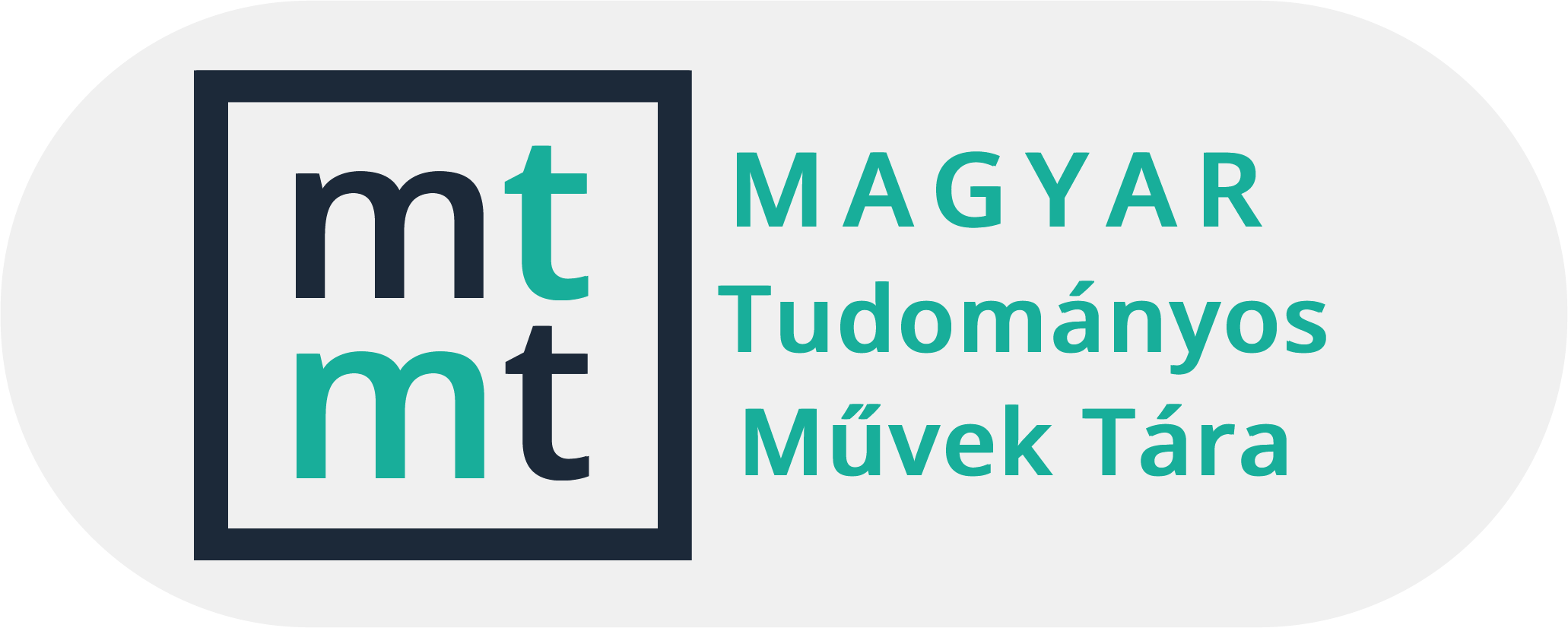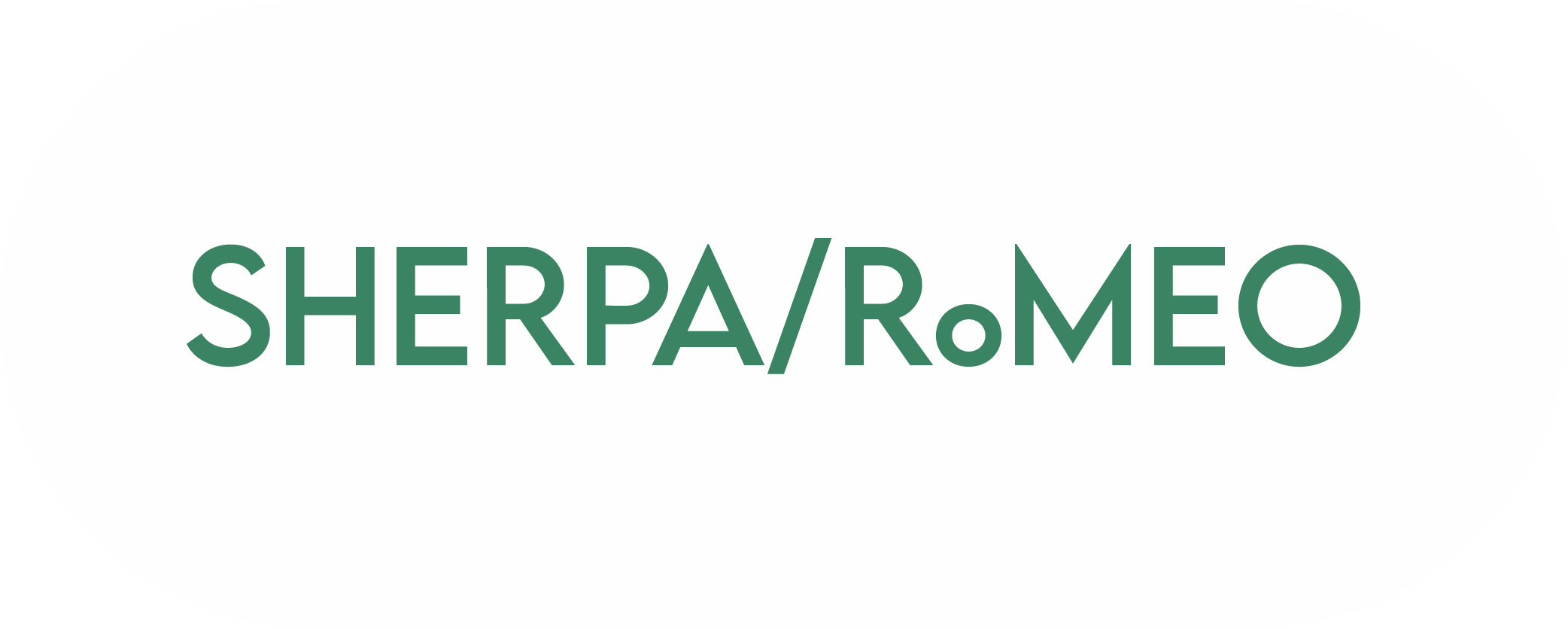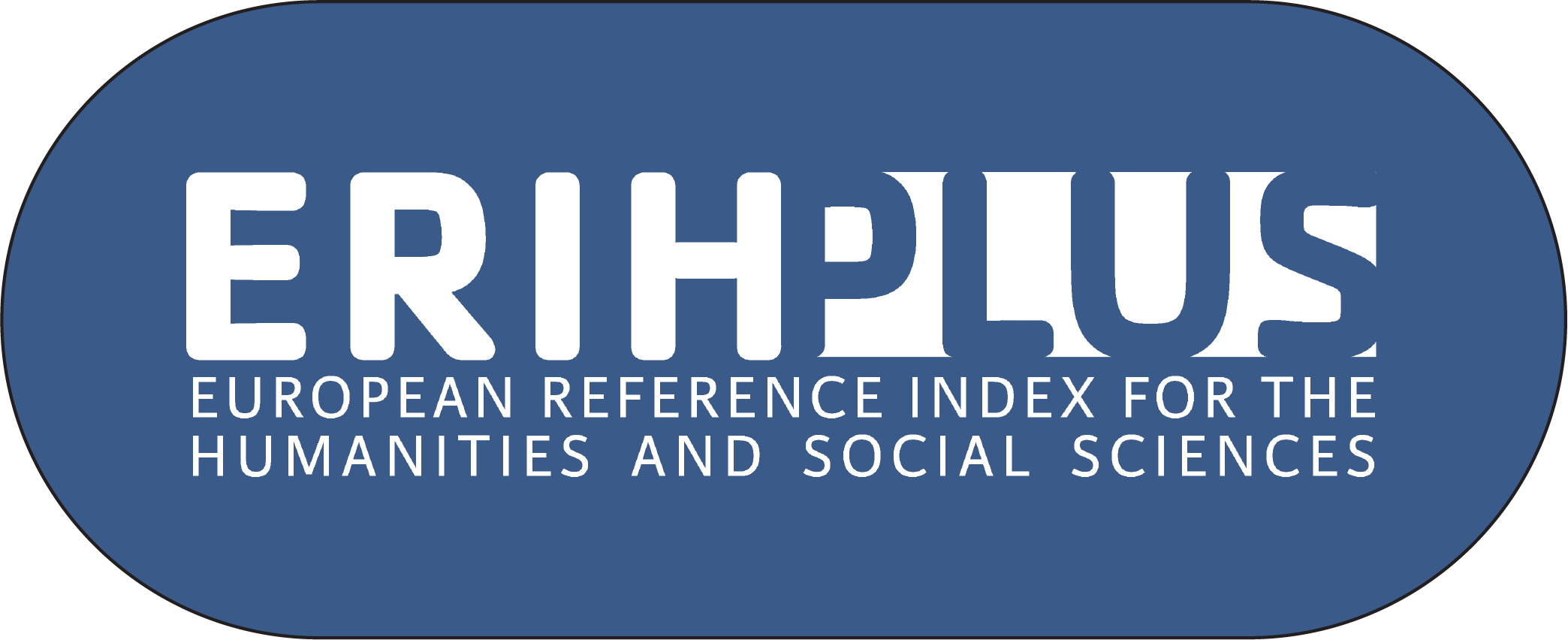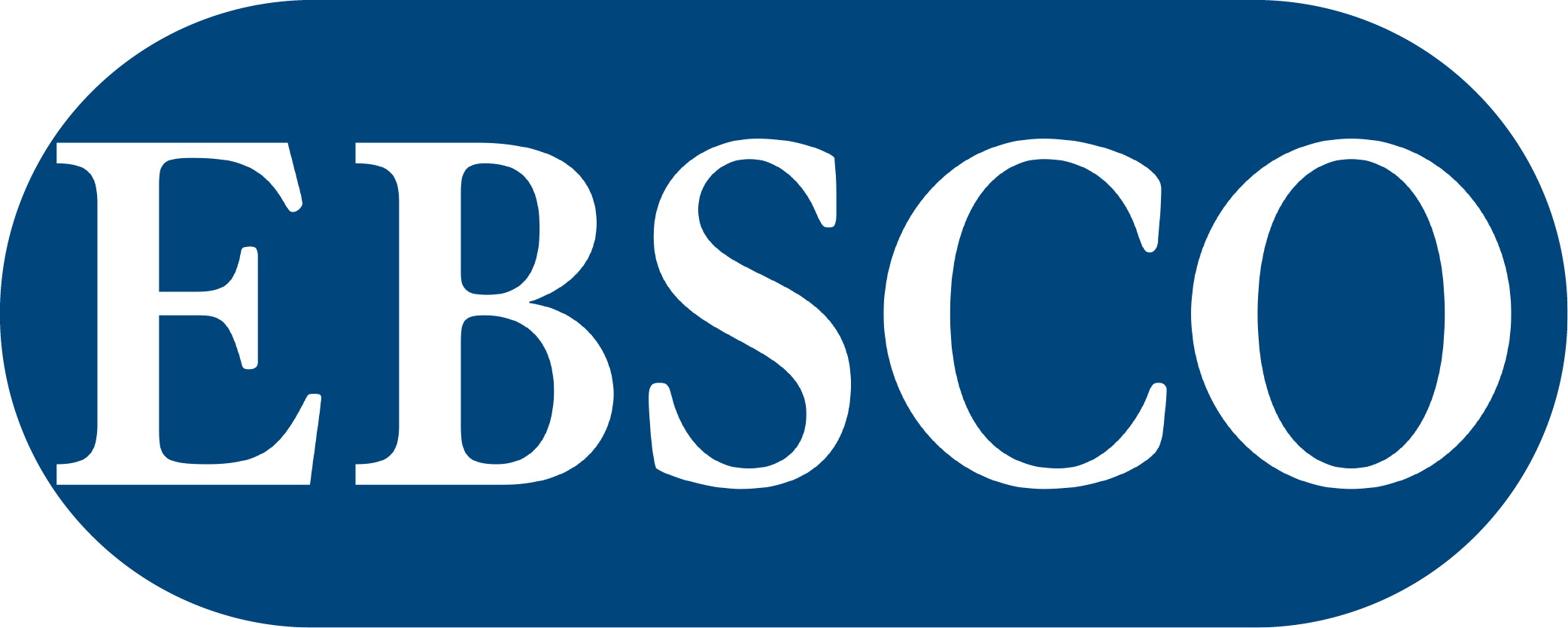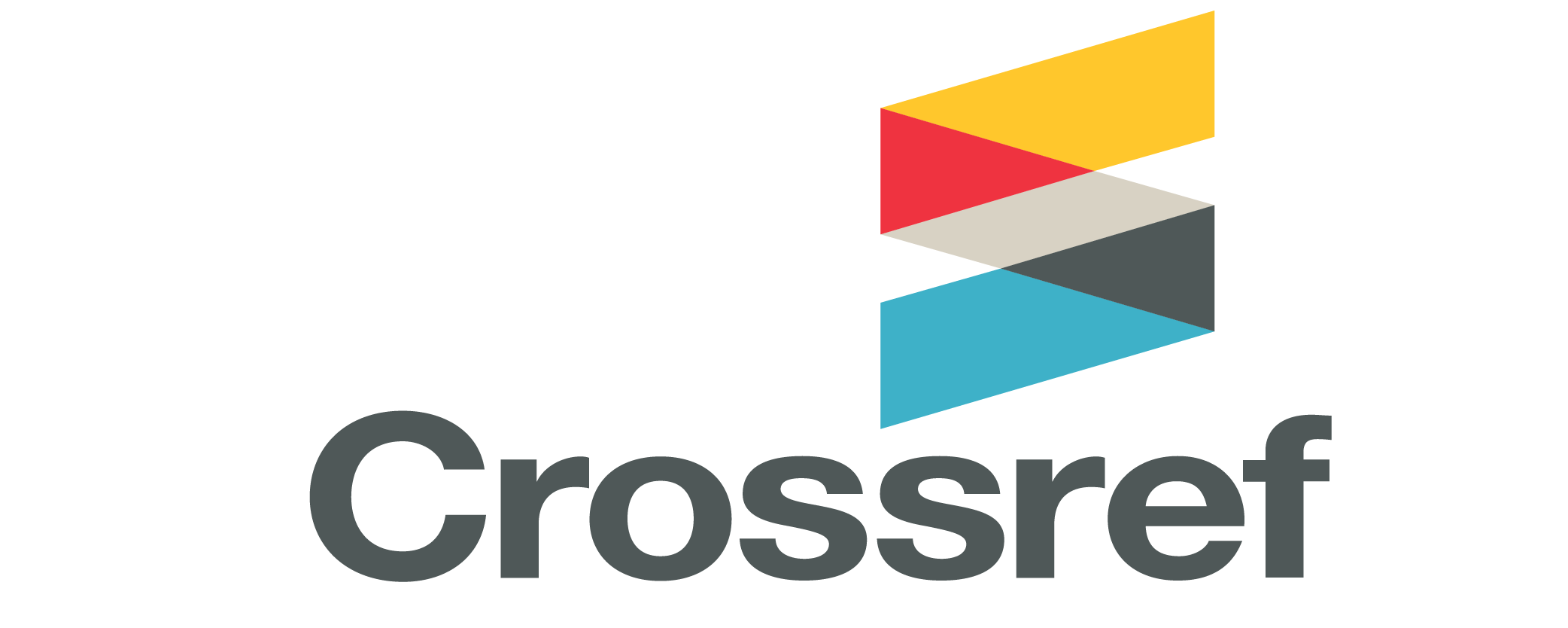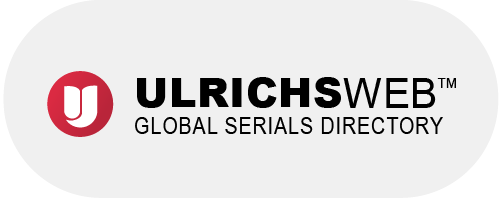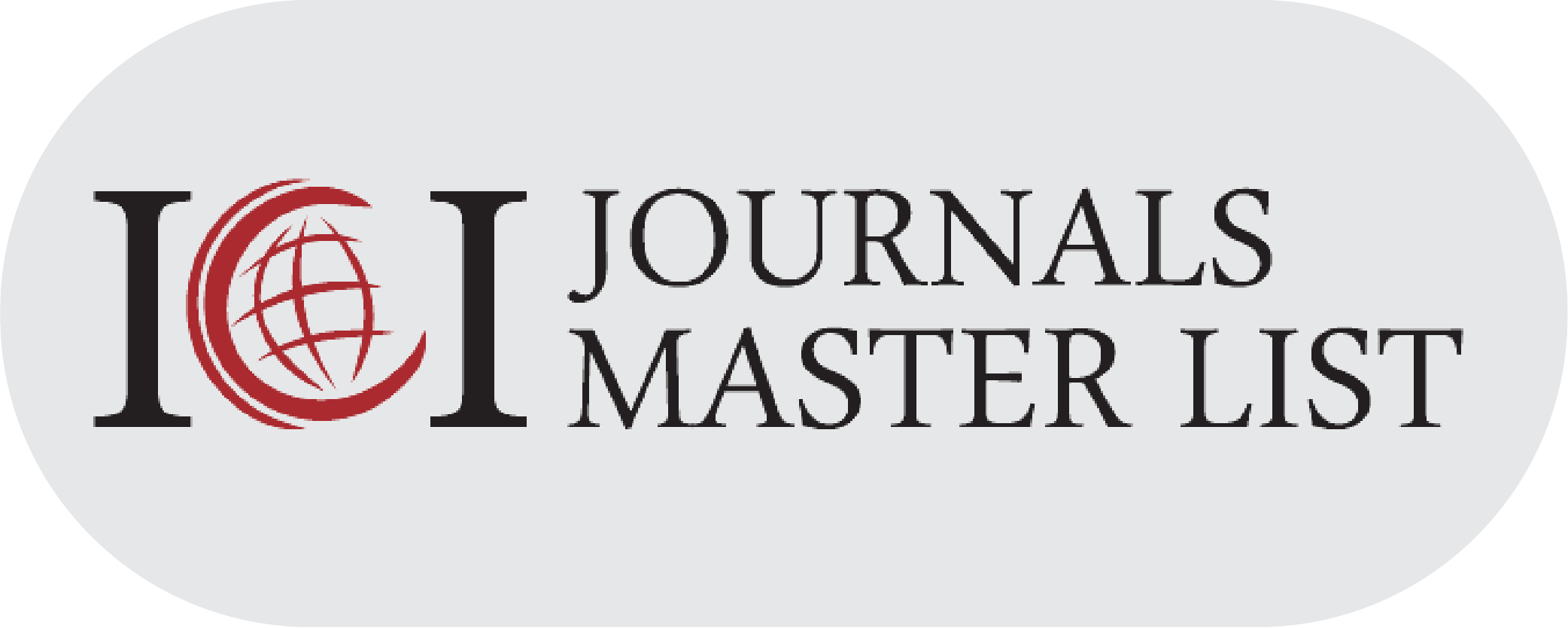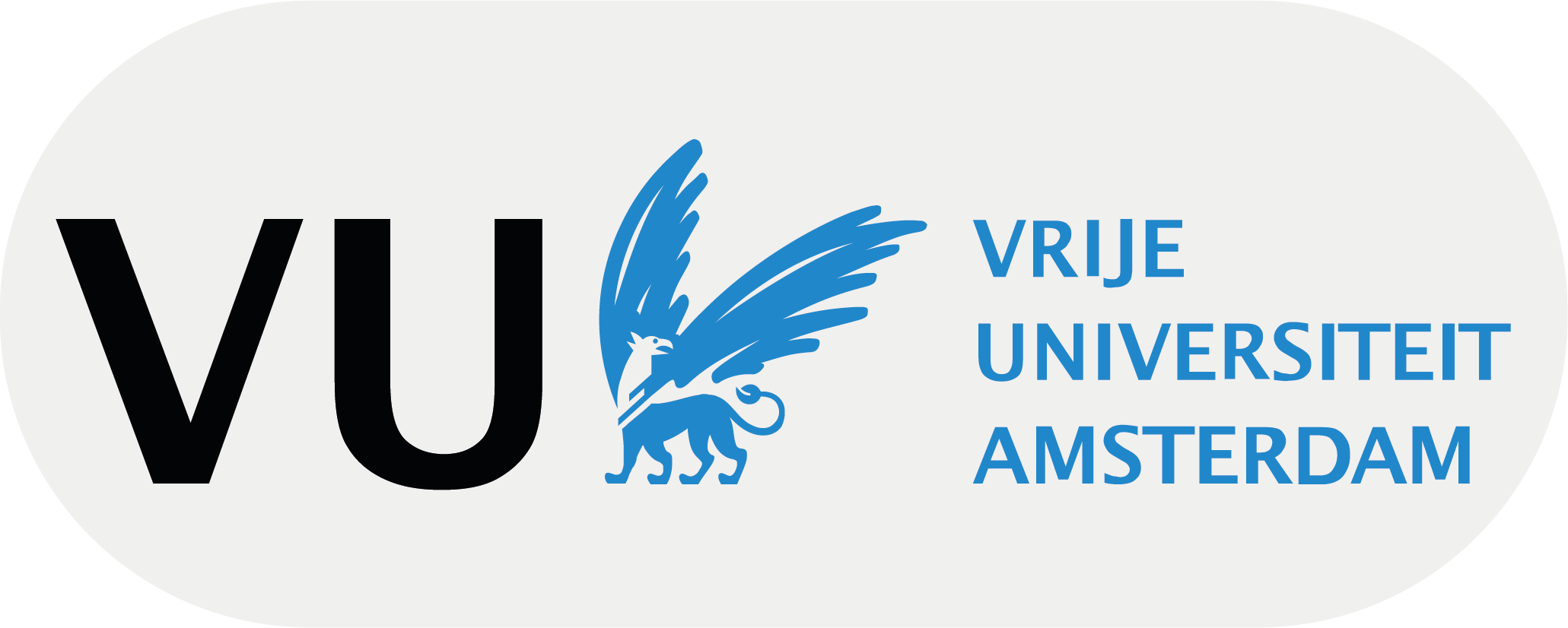Dual Focus of Supply Chain Resilience and Sustainability: A Size-based Comparison between SMEs and Large Organizational Approaches
Author
View
Keywords
License
Copyright (c) 2025 Dániel Simon

This work is licensed under a Creative Commons Attribution 4.0 International License.
How To Cite
Accepted 2025-05-14
Published 2025-05-23
Abstract
The research investigates how organizational size influences the implementation of supply chain resilience and sustainability practices. While resilience and sustainability are increasingly recognized as interrelated priorities, existing literature often overlooks how firm size conditions strategic behaviour, particularly the distinct constraints faced by small and medium-sized enterprises (SMEs). To address this gap, the study employs a two-phase, mixed-methods approach. First, a structured literature review identifying the current state of academic research on the field. Second, a global survey of 252 supply chain professionals captures quantitative data across SMEs and large organizations. Statistical analysis tests three hypotheses regarding core aspects of driving resilience and sustainability outcomes. Findings show that large firms tend to formalize strategies more thoroughly, especially in risk detection and sustainability goal setting. However, SMEs demonstrate comparable resilience through informal, agile approaches and supplier collaboration. Overall, strategic effectiveness does not vary by firm size, but implementation pathways do. This study contributes original empirical evidence to the limited comparative literature on organizational size in supply chain strategy. By introducing size as a moderating variable, the research advances theoretical models and highlights the need for differentiated tools, policies, and partnerships. The findings aim to hold practical value for managers, and support businesses seeking to design scalable, inclusive approaches that enhance resilience and sustainability across the entire supply chain spectrum.
References
- [1] J. El Baz and S. Ruel, “Can supply chain risk management practices mitigate the disruption impacts on supply chains’ resilience and robustness? Evidence from an empirical survey in a COVID-19 outbreak era,” Int J Prod Econ, vol. 233, Mar. 2021, doi: 10.1016/j.ijpe.2020.107972.
- [2] R. Rajesh, “On sustainability, resilience, and the sustainable–resilient supply networks,” Sustain Prod Consum, vol. 15, pp. 74–88, 2018, doi: 10.1016/j.spc.2018.05.005.
- [3] A. Fallahpour, E. Udoncy Olugu, S. Nurmaya Musa, K. Yew Wong, and S. Noori, “A decision support model for sustainable supplier selection in sustainable supply chain management,” Comput Ind Eng, vol. 105, pp. 391–410, 2017, doi: 10.1016/j.cie.2017.01.005.
- [4] B. R. Tukamuhabwa, M. Stevenson, J. Busby, and M. Zorzini, “Supply chain resilience: Definition, review and theoretical foundations for further study,” Int J Prod Res, vol. 53, no. 18, pp. 5592–5623, 2015, doi: 10.1080/00207543.2015.1037934.
- [5] Z. Virglerova, E. Ivanova, J. Dvorsky, J. Belas, and T. Krulický, “Selected factors of internationalisation and their impact on the SME perception of the market risk,” Oeconomia Copernicana, vol. 12, no. 4, pp. 1011–1032, 2021, doi: 10.24136/oc.2021.033.
- [6] I. Major, “What makes Hungarian SMEs perform poorly? A stochastic frontier analysis,” Acta Oeconomica, vol. 53, no. 2, pp. 109–143, 2003, doi: 10.1556/AOecon.53.2003.2.1.
- [7] B. Ritchie and C. Brindley, “Disintermediation, disintegration and risk in the SME global supply chain,” Management Decision, vol. 38, no. 8, pp. 575–583, 2000, doi: 10.1108/00251740010378309.
- [8] I. Ali, S. Nagalingam, and B. Gurd, “Building resilience in SMEs of perishable product supply chains: enablers, barriers and risks,” PRODUCTION PLANNING & CONTROL, vol. 28, no. 15, pp. 1236–1250, 2017, doi: 10.1080/09537287.2017.1362487.
- [9] T. J. Pettit, K. L. Croxton, and J. Fiksel, “Ensuring Supply Chain Resilience: Development and Implementation of an Assessment Tool,” JOURNAL OF BUSINESS LOGISTICS, vol. 34, no. 1, pp. 46–76, Mar. 2013, doi: 10.1111/jbl.12009.
- [10] M. Pournader, A. Kach, and S. Talluri, “A Review of the Existing and Emerging Topics in the Supply Chain Risk Management Literature,” Decision Sciences, vol. 51, no. 4, pp. 867–919, 2020, doi: 10.1111/deci.12470.
- [11] D. Ivanov, A. Dolgui, A. Das, and B. Sokolov, Digital Supply Chain Twins: Managing the Ripple Effect, Resilience, and Disruption Risks by Data-Driven Optimization, Simulation, and Visibility, vol. 276. 2019. doi: 10.1007/978-3-030-14302-2_15.
- [12] S. Hosseini and K. Barker, “A Bayesian network model for resilience-based supplier selection,” Int J Prod Econ, vol. 180, pp. 68–87, 2016, doi: 10.1016/j.ijpe.2016.07.007.
- [13] J. Fiksel, “Sustainability and resilience: toward a systems approach,” Sustainability: Science, Practice and Policy, vol. 2, no. 2, pp. 14–21, 2006.
- [14] M. M. H. Chowdhury and M. Quaddus, “Supply chain resilience: Conceptualization and scale development using dynamic capability theory,” Int J Prod Econ, vol. 188, pp. 185–204, 2017, doi: 10.1016/j.ijpe.2017.03.020.
- [15] S. K. Gouda and H. Saranga, “Sustainable supply chains for supply chain sustainability: impact of sustainability efforts on supply chain risk,” Int J Prod Res, vol. 56, no. 17, pp. 5820–5835, 2018.
- [16] S. Hosseini, D. Ivanov, and A. Dolgui, “Review of quantitative methods for supply chain resilience analysis,” Transp Res E Logist Transp Rev, vol. 125, pp. 285–307, 2019, doi: 10.1016/j.tre.2019.03.001.
- [17] E. Makara, “Green Sports Products – Environmentally Friendly Efforts of some Sports Equipment and Sportswear Manufacturers,” International Journal of Engineering and Management Sciences, vol. 8, no. 3, pp. 45–61, 2023.
- [18] T. J. Pettit, K. L. Croxton, and J. Fiksel, “The Evolution of Resilience in Supply Chain Management: A Retrospective on Ensuring Supply Chain Resilience,” JOURNAL OF BUSINESS LOGISTICS, vol. 40, no. 1, pp. 56–65, Mar. 2019, doi: 10.1111/jbl.12202.
- [19] M. Kamalahmadi and M. M. Parast, “A review of the literature on the principles of enterprise and supply chain resilience: Major findings and directions for future research,” Int J Prod Econ, vol. 171, pp. 116–133, 2016, doi: 10.1016/j.ijpe.2015.10.023.
- [20] S. Y. Ponomarov and M. C. Holcomb, “Understanding the concept of supply chain resilience,” The International Journal of Logistics Management, vol. 20, no. 1, pp. 124–143, 2009, doi: 10.1108/09574090910954873.
- [21] D. Ivanov, “Revealing interfaces of supply chain resilience and sustainability: a simulation study,” Int J Prod Res, vol. 56, no. 10, pp. 3507–3523, 2018, doi: 10.1080/00207543.2017.1343507.
- [22] E. Márta, “Transformation of the Decisional Leadership Role,” International Journal of Engineering and Management Sciences, vol. 8, no. 4, pp. 26–40, Dec. 2023, doi: 10.21791/IJEMS.2023.035.
- [23] T. Wicaksono and C. B. Illés, “From resilience to satisfaction: Defining supply chain solutions for agri-food SMEs through quality approach,” PLoS One, vol. 17, no. 2, p. e0263393, 2022.
- [24] D. Ivanov, “Viable supply chain model: integrating agility, resilience and sustainability perspectives-lessons from and thinking beyond the COVID-19 pandemic,” Ann Oper Res, Sep. 2020, doi: 10.1007/s10479-020-03640-6.
- [25] U. Soni, V. Jain, and S. Kumar, “Measuring supply chain resilience using a deterministic modeling approach,” Comput Ind Eng, vol. 74, pp. 11–25, Aug. 2014, doi: 10.1016/j.cie.2014.04.019.
- [26] S. Dellana, J. F. Kros, M. Falasca, and W. J. Rowe, “Risk management integration and supply chain performance in ISO 9001-certified and non-certified firms,” INTERNATIONAL JOURNAL OF PRODUCTIVITY AND PERFORMANCE MANAGEMENT, vol. 69, no. 6, pp. 1205–1225, Jul. 2020, doi: 10.1108/IJPPM-12-2018-0454.
- [27] G. Markus and A. Rideg, “Understanding the connection between SMEs’ competitiveness and cash flow generation: an empirical analysis from Hungary,” Competitiveness Review, vol. 31, no. 3, pp. 397–419, 2020, doi: 10.1108/CR-01-2020-0019.
- [28] T. R. Pertheban et al., “The Impact of Proactive Resilience Strategies on Organizational Performance: Role of Ambidextrous and Dynamic Capabilities of SMEs in Manufacturing Sector,” Sustainability (Switzerland), vol. 15, no. 16, 2023, doi: 10.3390/su151612665.
- [29] M. Saunders, P. Lewis, and A. Thornhill, Research methods for business students. Pearson education, 2009.
- [30] D. M. Mertens, Research and evaluation in education and psychology: Integrating diversity with quantitative, qualitative, and mixed methods. Sage publications, 2023.
- [31] L. Berko and A. Gueullette, “Policy for support of small and medium-size enterprises in Hungary: The case of the Central Region,” Postcommunist Econ, vol. 15, no. 2, pp. 243–257, 2003, doi: 10.1080/14631370308096.

 https://doi.org/10.21791/IJEMS.2025.08.
https://doi.org/10.21791/IJEMS.2025.08.

